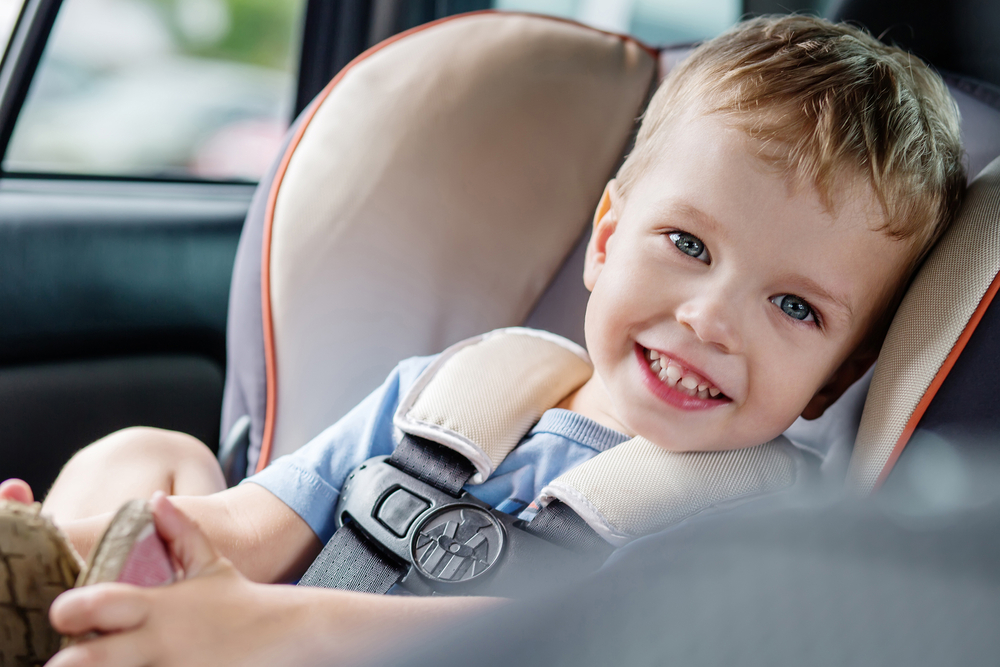
Above all, rear-facing is the safer option for toddlers because of their still developing and fragile bodies. Children who are within the proper size limits can definitely find a way to get comfortable in their rear-facing seat, though, so comfort shouldn’t be the primary motivation for the switch.

Forward facing seats can be easier for parents to move children in and out of, and may seem more comfortable for children. There are many reasons parents might want to turn their children forward-facing. What are the advantages of keeping my child’s car seat rear-facing? Ideally, it’s only once Baby reaches the maximum height or weight limit for the seat that it is time to switch to a forward-facing seat. Most children will grow over the height limit for the seat before becoming too heavy, so look for a seat that is taller in seated height to get the most longevity. While Baby will definitely outgrow an infant car seat before it’s time to switch to forward-facing, most convertible car seats are designed to transport rear-facing toddlers until at least 35 pounds, with some models going up to 45 or 50 pounds. It also encourages parents to keep car seats facing backwards for as long as possible with car seat weight limits, with age 3 or 4 as a goal. The AAP doesn’t just recommend that children be rear-facing until age 2. How long should my child stay rear-facing? Between the language of the previous recommendation and minimum age laws in most places, it’s easy to see why many parents decide that one year is the right age to turn the car seat around so young children can face forward like the rest of the family. Only four US states require that children’s seats be rear-facing until age 2. Beyond that, most state laws only require children to be rear-facing until their first birthday.

For parents with older children, this may be the recommendation they heard first, or that sticks in their mind. Though the current recommendation is to keep car seats rear-facing until at least the child’s second birthday, the AAP recommendation that came before said that children’s seats shouldn’t be turned until the child was at least a year old and weighed 20 pounds at least. Why are parents making the switch sooner? Some parents see turning their child’s seat to forward-facing as a milestone to complete around her first birthday, but the most recent recommendation by the American Academy of Pediatrics advises parents to keep their children rear-facing until they’re at least 2 years old. With the massive amount of literature that’s out there about car seat safety, it’s easy for parents to start to feel a little overwhelmed about what type of seat to use when, and how it should be installed.


 0 kommentar(er)
0 kommentar(er)
